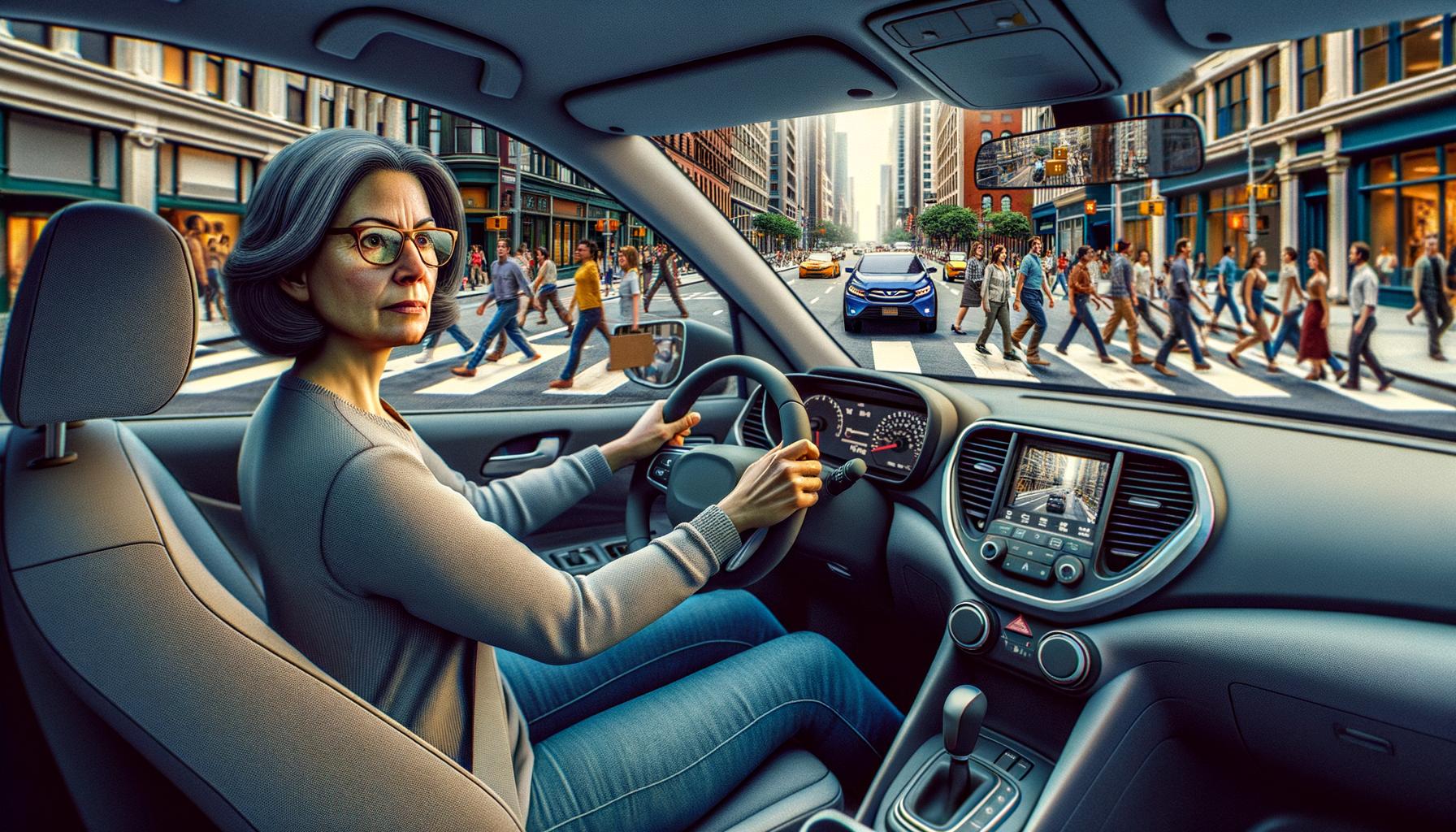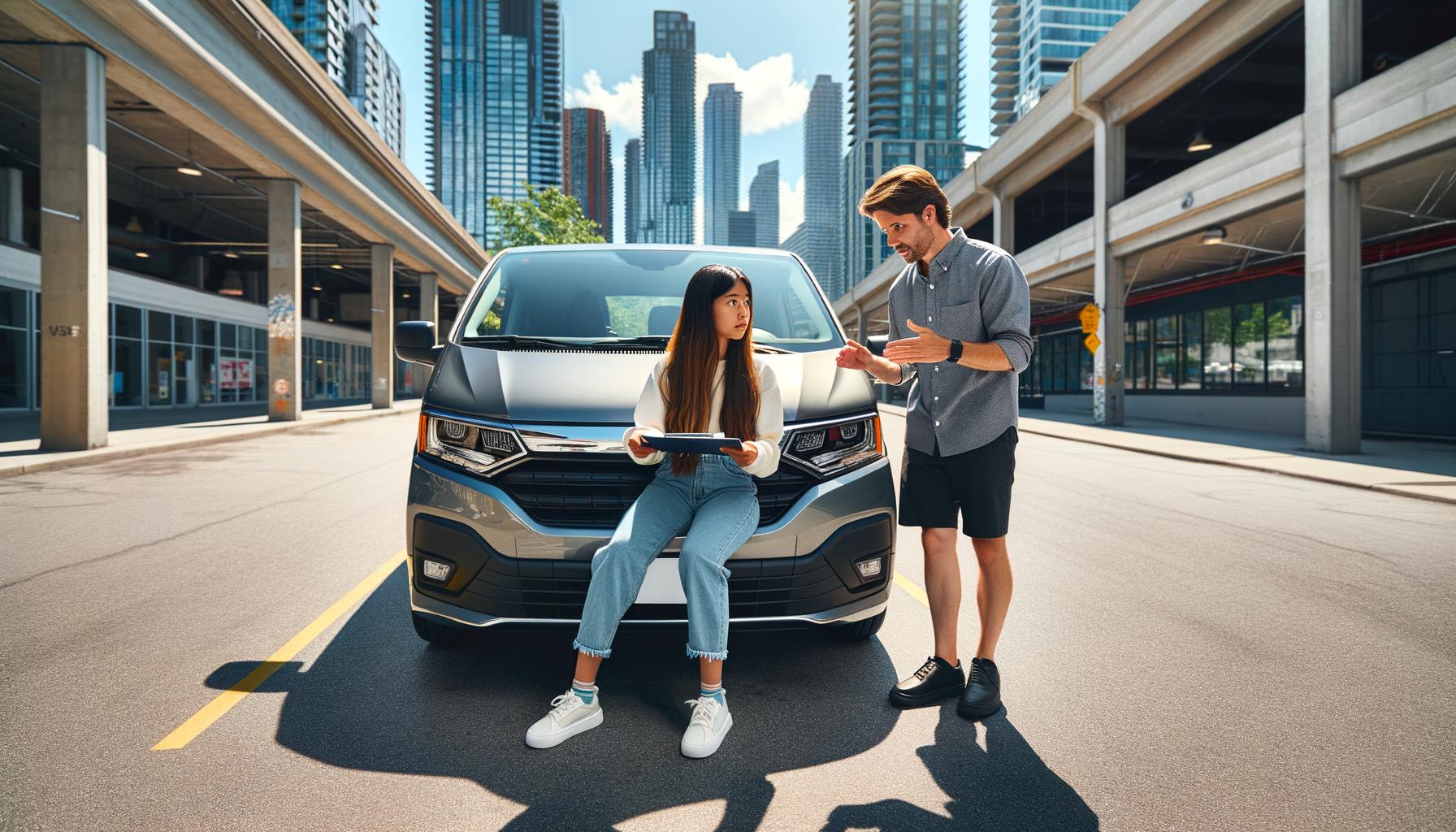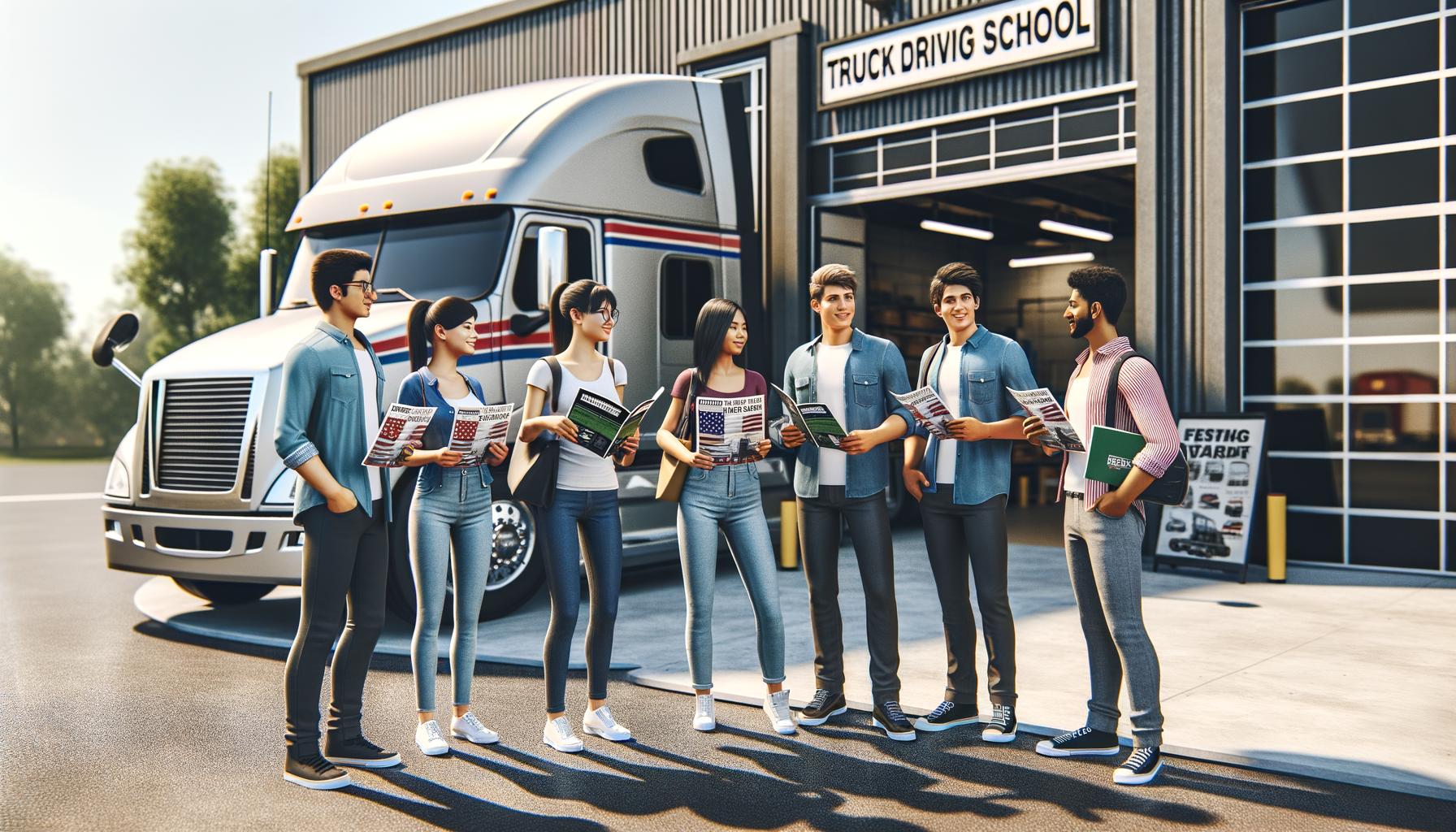How to Learn to Drive an RV: Essential Tips
Driving an RV opens up a world of adventure and freedom on the open road. At The Wiser Driver Driving School, we understand that learning how to drive an RV can seem daunting at first.
Our comprehensive guide will walk you through the essential steps to master RV driving, from understanding the basics to mastering advanced techniques. Whether you’re a first-time RV driver or looking to brush up on your skills, this post will equip you with the knowledge and confidence to hit the road safely.
Understanding RV Basics
Types of RVs and Their Differences
RVs come in various types, each with unique features and driving characteristics. Class A motorhomes are the largest, offering luxurious amenities but require more skill to maneuver. Class B campervans are more compact and easier to drive, while Class C motorhomes strike a balance between size and maneuverability. Travel trailers and fifth wheels are towable options, which demand additional towing skills.
Key Components of an RV
The living area typically includes a kitchenette, sleeping quarters, and bathroom facilities. The cockpit houses essential controls for driving and monitoring vehicle systems. External components like awnings, slide-outs, and storage compartments require careful operation and maintenance.
Basic RV Systems
RVs have two separate electrical systems: a 12-volt DC electrical system and a 120-volt AC system. The 12-volt system is powered by a battery. Water systems comprise fresh, grey, and black water tanks (each serving different purposes). Propane systems fuel appliances like stoves and water heaters. HVAC systems maintain comfortable interior temperatures.
RV Controls
Learning to operate RV-specific controls is vital for safe travel. Leveling blocks or jacks are used to level the RV on a level surface to prevent strain on the slide-out mechanisms. Slide-out controls expand living space. Generator controls provide power when hookups aren’t available. Understanding how to use these systems efficiently enhances your RV experience and prevents potential issues on the road.
Hands-On Experience
Many RV dealerships offer orientation sessions for new owners, which we highly recommend. Additionally, practice in a safe environment, such as an empty parking lot, can help you gain confidence in handling your RV’s unique features and controls.

As we move forward to discuss mastering RV driving techniques, it’s important to keep these basic concepts in mind. The foundation you build in understanding your RV’s systems and controls will serve you well as you tackle more advanced driving skills.
Mastering RV Driving Skills
Driving an RV requires a unique set of skills that differ significantly from operating a standard vehicle. The Wiser Driver Driving School emphasizes the importance of mastering these techniques to ensure a safe and enjoyable RV experience.
Adapting to RV Dimensions
The first challenge in RV driving is to adjust to its size and weight. RVs are typically much larger and heavier than regular cars, with some Class A motorhomes weighing up to 30,000 pounds. This extra mass affects acceleration, braking, and maneuverability. We recommend that you practice in an empty parking lot to get a feel for your RV’s dimensions and handling characteristics.

A vital aspect of RV driving is to understand your vehicle’s height. Many RVs are over 10 feet tall, which can pose problems with low bridges and overhangs. Always know your RV’s exact height and use RV-specific GPS systems that account for clearance issues. Bridge strikes are one of the most common accidents involving RVs, so vigilance is key.
Navigating Turns and Corners
Proper steering and turning techniques are essential for safe RV operation. The longer wheelbase of most RVs means you’ll need to take wider turns to avoid clipping curbs or other obstacles. A good rule of thumb is to position your RV further into the intersection before you begin your turn. This technique, known as “buttonhook turning,” helps prevent the rear wheels from cutting the corner.
When you make turns, be aware of your RV’s tail swing. This occurs when the rear of the vehicle swings out in the opposite direction of the turn. The amount of tail swing can be significant (sometimes up to three feet in larger RVs). Always check your mirrors and be mindful of objects or vehicles on your outside rear corner when turning.
Mastering Reverse Maneuvers
Backing up and parking an RV can intimidate many drivers, but with practice, it becomes manageable. We recommend that you use a spotter whenever possible to guide you into tight spaces. If you’re alone, take your time and use your mirrors extensively. Many modern RVs come equipped with backup cameras, which can prove invaluable for precise maneuvering.
When you back up a trailer, remember that the trailer will move in the opposite direction of your steering wheel. A helpful tip is to place your hand at the bottom of the steering wheel and move it in the direction you want the trailer to go. This mental trick can make backing up feel more intuitive.
Adapting to Various Road Conditions
RV driving requires adaptability to different road conditions. On highways, maintain a steady speed and avoid sudden lane changes. The Federal Motor Carrier Safety Administration advises that your vehicle combination cannot exceed 65 feet. However, cities and counties may prohibit vehicle combination lengths over 60 feet, when posted (CVC §35401).
In windy conditions, which can particularly challenge high-profile vehicles like RVs, reduce your speed and keep both hands firmly on the wheel. Crosswinds can push your RV around, so be prepared to make constant steering adjustments.
When you drive in mountainous areas, use lower gears on steep descents to prevent overheating your brakes. Many experienced RV drivers follow the “shift down, slow down” mantra when they approach long downhill stretches.
As you continue to hone your RV driving skills, it’s important to consider the safety aspects of operating such a large vehicle. In the next section, we’ll explore essential safety considerations that every RV driver should keep in mind to ensure a secure and enjoyable journey.
How to Ensure RV Safety on the Road
RV safety requires meticulous preparation and constant vigilance. Pre-trip inspections are essential for a secure journey. Before each trip, check your tires for proper inflation and wear. Inspect all lights, brakes, and fluid levels. Secure loose items inside the RV to prevent shifting during travel.
Weight Distribution Matters
Proper weight distribution is critical for RV stability. Overloading or uneven loading can lead to dangerous sway, especially in crosswinds. Use a truck scale to weigh your RV and ensure you’re within the Gross Vehicle Weight Rating (GVWR). GVWR indicates the maximum weight that a vehicle can safely handle when fully loaded, encompassing everything from the vehicle’s own mass to the cargo.
Master Your Mirrors
RVs have significant blind spots that require extra attention. Large side mirrors and convex mirrors are essential for safe maneuvering. Adjust your mirrors before each trip to maximize visibility. Try to see the rear tires of your RV in the lower inner corner of each side mirror. Many experienced RV drivers also install backup cameras for additional safety when reversing.
Prepare for Emergencies
Emergencies can occur despite careful planning. Always carry a well-stocked emergency kit including flares, a first-aid kit, and basic tools. Familiarize yourself with your RV’s systems so you can troubleshoot common issues. For roadside assistance, consider joining an RV-specific service (like Good Sam or Coach-Net). These services offer specialized help for RVs, including towing and mobile mechanics.
Practice Safe Driving Techniques
Adopt safe driving techniques specific to RVs. Maintain a safe following distance from the vehicle in front of you. Reduce your speed in adverse weather conditions. Be aware of your RV’s height and width when navigating low bridges or narrow roads. Use your turn signals well in advance of any lane changes or turns.
Stay Informed About Road Conditions
Before and during your trip, stay informed about road conditions, weather forecasts, and potential hazards along your route. Use RV-specific GPS systems or apps that provide information on RV-friendly routes and potential obstacles (such as low bridges or weight restrictions). This proactive approach will help you avoid dangerous situations and plan your journey more effectively.

Final Thoughts
Learning to drive an RV opens up a world of adventure and freedom on the open road. Practice is essential to master RV driving, from understanding the basics to adapting to the vehicle’s size and weight. Start in empty parking lots, then progress to less busy roads before tackling highways and challenging terrains.

Safety should always be your top priority when you drive an RV. Regular pre-trip inspections, proper weight distribution, and staying informed about road conditions will contribute to a secure and enjoyable experience. Embrace the learning process and seek additional guidance when needed to enhance your skills.
For those who want to improve their overall driving abilities, The Wiser Driver Driving School offers comprehensive programs designed for drivers of all ages. Our expert instructors provide personalized lessons that can boost your confidence behind the wheel (including RV operation). The open road awaits – happy and safe travels!
















































